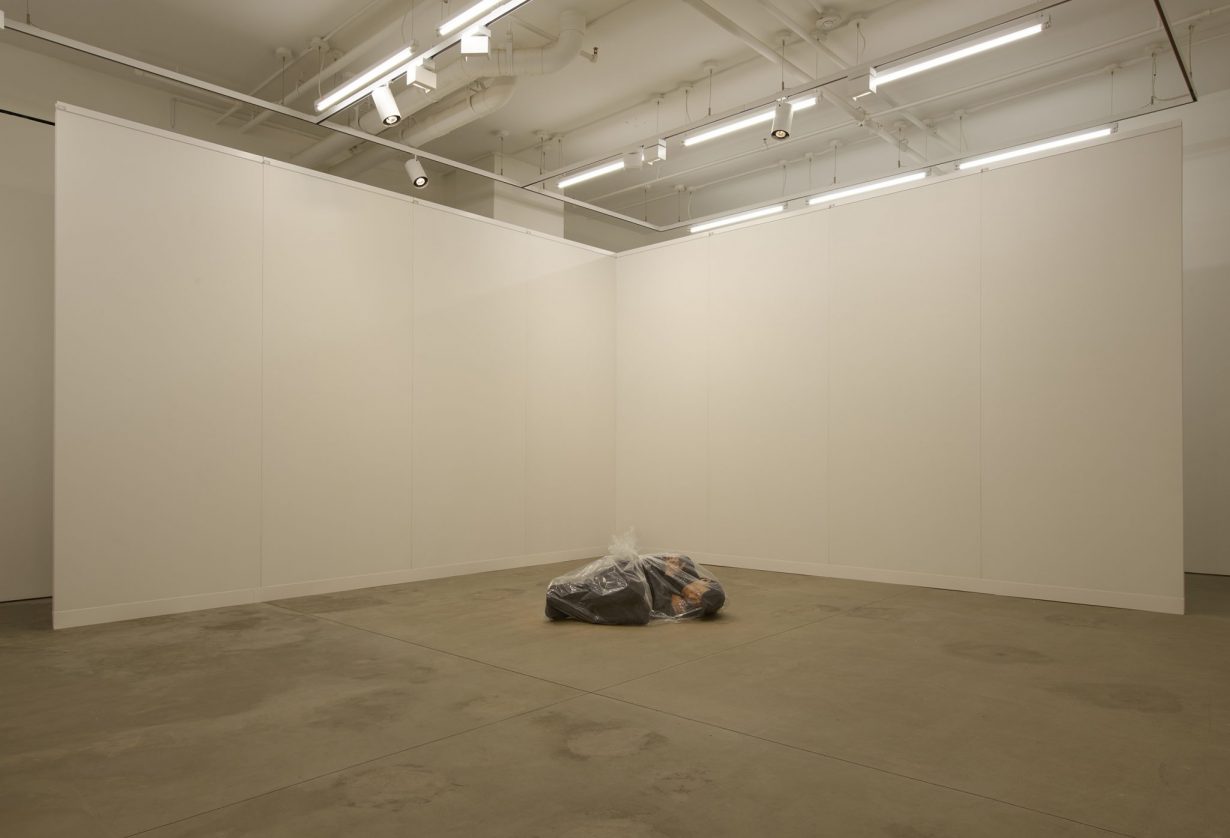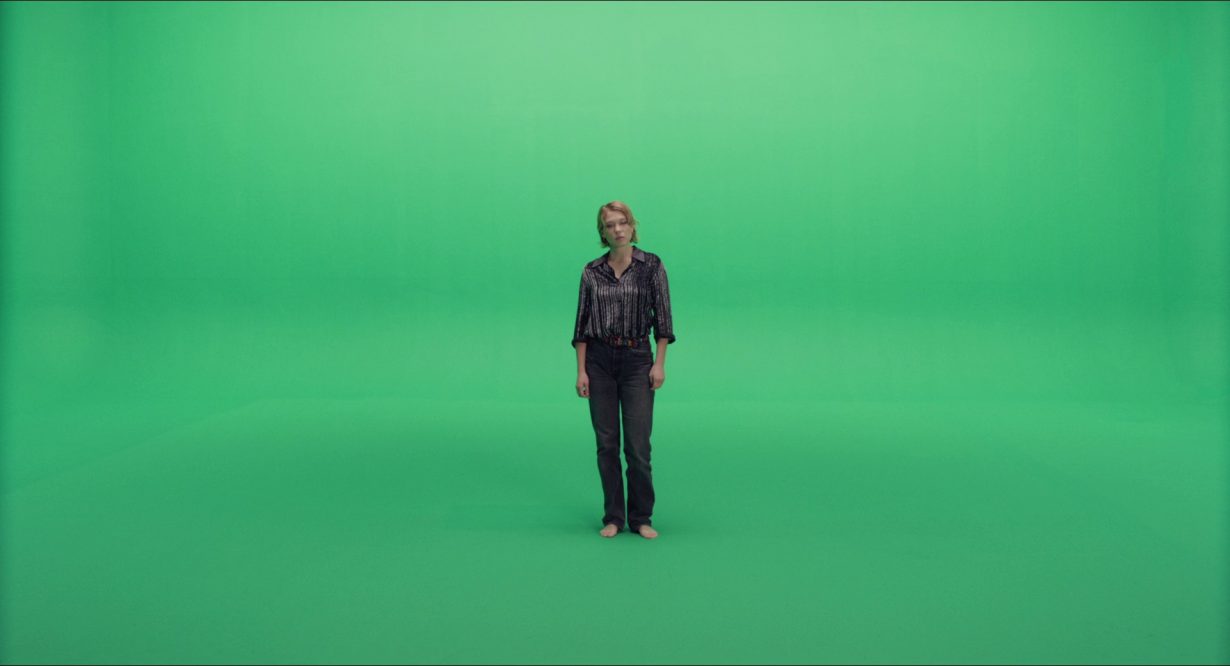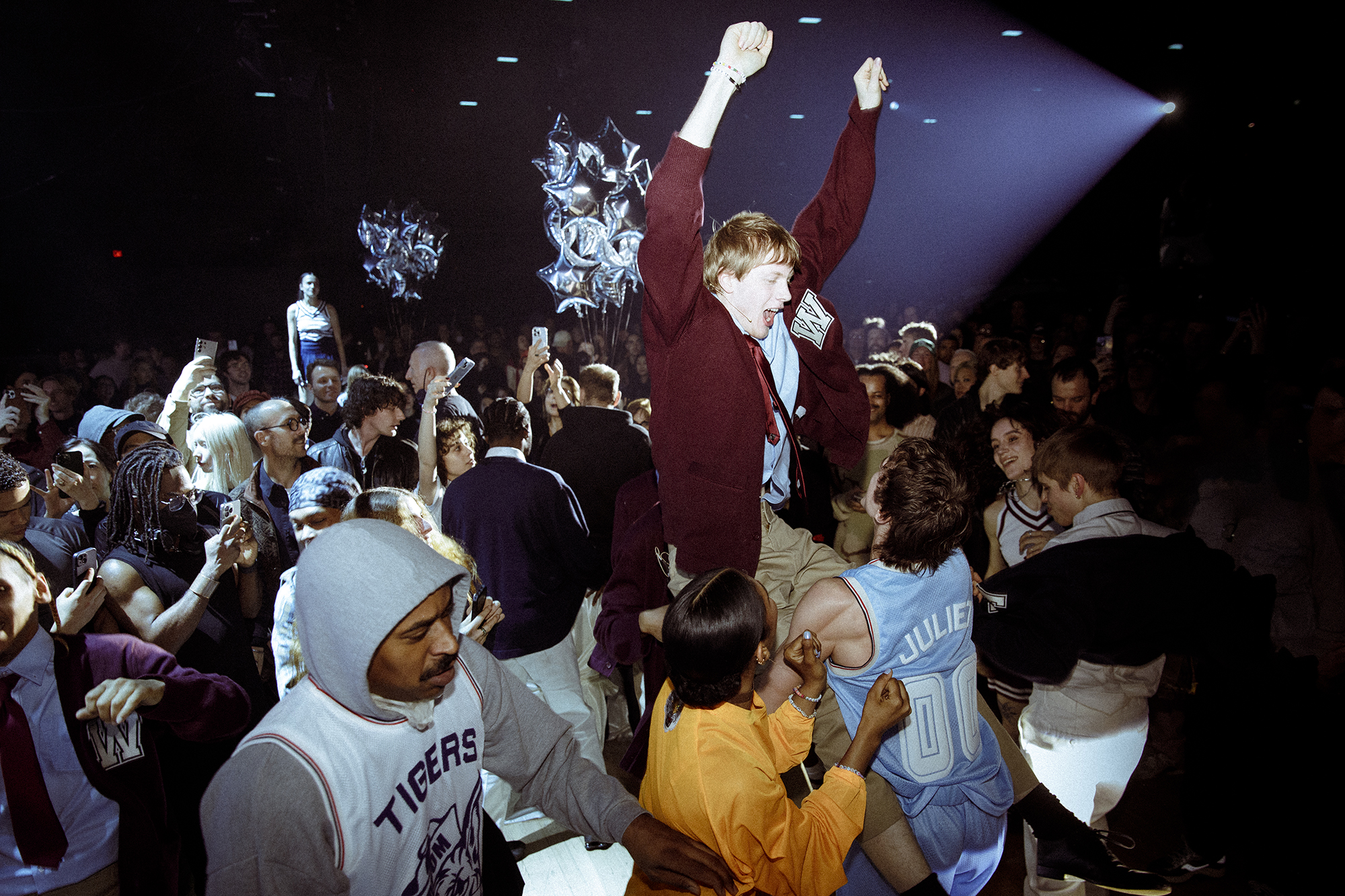Artists rejoice! Forget fashionable taste! You no longer have to struggle to be relevant!
Within visual art, and not infrequently outside of it too, the human body might currently appear to be in a flop era. Going round the galleries and looking, in particular, at exhibitions of painting – because, well, most exhibitions are of painting – it can often feel like the stylistic pendulum has lately swung decisively towards abstraction, after many revivalist years for figuration. Pondering that apparent shift, you might easily think of superficial aesthetic reasons – the fundamental that’s enough-of-that ennui that dates back to when the second generation of cave painters, bored of stick people, insisted on images of buffalo instead – and also point to the conservative backlash against explicitly identity-driven art. Either way, rumour has it, many formerly figurative painters now hire burly assistants to rugby-tackle them as soon as they’ve painted a nice washy or squiggly background and are about to put a person on top of it.
But at the same time, while an absence of human bodies might seem, superficially at least, to be supplanting an obsession with them, in other mediums and artforms the proverbial meat-puppets remain central, and abundant. Take, for example, Anne Imhof’s DOOM: House of Hope (2025), her recent fashion-adjacent spectacle at the Park Avenue Armory in New York, which – on its most basic level – asked people to look at live people doing stuff or just standing there. Of course, those lookers also got irritated by having their views blocked by those trying to film the event on their phones – hell is other people, etc. We want to see bodies, or think we do; and then there they are, lots of them, and we find them annoying and want them to go away. Furthermore, binary narratives suggesting that the human form is currently important or unimportant in art aren’t accurate; or rather, both things can be true. As soon as you make pronouncements like ‘apparently we’ve had enough bodies for now’, or ‘abstraction is back, figurative painting is done, phew’, you go round the galleries again and lo, there’s still a ton of paintings of people being produced. (Let’s leave out of this, for now, the tastes of dunderhead collectors who can’t handle anything other than pictures of their own species.)

Such, indeed, seems to be the defining, lenticular tenor of the cultural moment: the body appearing to fade out and, in other quarters, being still really insistently present, partly because there are pressures on it to vanish. (See also human creativity per se, the fact that there’s about to be a premium on ‘human-authored’ books, the not unrelated fact of tech bosses encouraging their offspring to train in the humanities.) This duality, this simultaneous death and efflorescence of the human, is surely underscored by an uncertainty – fuelled by AI, the possibilities of self-modification, the spectre of the Singularity, etc – about what even constitutes ‘humanness’ anymore: a sense, that is, of incipient loss. Recent Hollywood films pinned to the nature of the contemporary body and psyche, from Yorgos Lanthimos’s Poor Things and Bertrand Bonello’s The Beast (both 2023) to Coralie Fargeat’s The Substance (2024), anxiously register our moment’s sense of corporeal flux.

A lot of recent art, meanwhile, might be construed as a subconscious response to this existential threat, either making the body insistently present, both as a site of defiance and as a locus of baseline humanity, or, as with abstraction’s return, performing its vanishing. Some signature artworks of our time, like Josh Kline’s bagged bodies, imply both at once; others, like Holly Herndon and Mat Dryhurst’s, urge collaboration with our incoming inhuman overlords; still others, like the ones in Ed Atkins’s Tate Britain retrospective this month, combine undead CGI renderings of people with abundant extremely human chatter and feeling. If bodies and persons are seen as synonymous, meanwhile, note that in legal terms it’s increasingly difficult to define what a ‘person’ is, given that things considered to be a ‘legal person’ can include churches, rivers, companies and animals.
Still, buck up. The result, artists will note with gratitude, is that it’s currently impossible to make irrelevant art, so long as there are either people in it or not. Is your art pointedly full of human bodies? Congratulations, you’re incisively commenting on our current predicament, our terrifying hinge point as a species. Is your art pointedly bereft of those human bodies? Same, even if you’re painting rivers and churches. Everything now depends on what it says in the press release.
From the April 2025 issue of ArtReview – get your copy.
